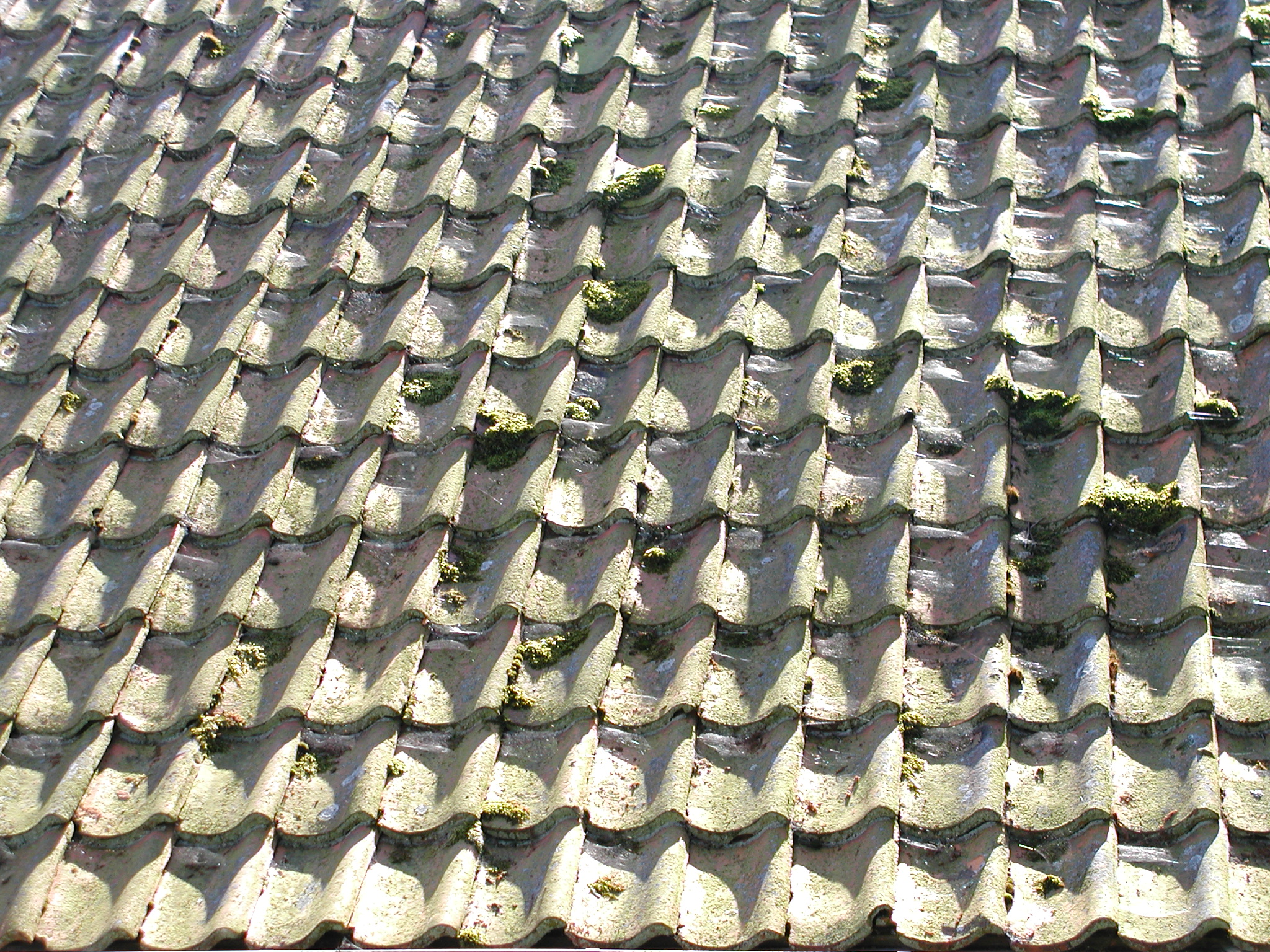Roof nails for synthetic membrane are essential components in the construction of modern roofs. These specialized nails are designed to securely fasten synthetic membranes to roof decks, ensuring a durable and leak-proof installation. In this article, we will delve into the importance of roof nails for synthetic membranes, their types, installation techniques, and maintenance tips to ensure long-lasting roof performance.
Introduction to Roof Nails for Synthetic Membrane
Roof nails for synthetic membrane are specifically designed to provide a strong bond between the membrane and the roof deck. Synthetic membranes, such as thermoplastic polyolefin (TPO) and ethylene propylene diene monomer (EPDM), are commonly used in roofing due to their excellent durability, flexibility, and resistance to UV rays and chemicals. The use of appropriate roof nails is crucial to maintain the integrity of the roof system and prevent potential leaks.

Types of Roof Nails for Synthetic Membrane
There are several types of roof nails available for synthetic membranes, each with its unique features and benefits:
- Stainless Steel Nails: These nails are corrosion-resistant and suitable for use in coastal and humid environments. They are often coated with a protective material to enhance their lifespan.
- Galvanized Nails: Galvanized nails are coated with zinc to prevent rust and corrosion. They are suitable for most roofing applications and offer good durability.
- Aluminum Nails: Aluminum nails are lightweight and offer excellent thermal conductivity. They are commonly used in TPO roofing systems.
- Specialty Nails: These nails are designed for specific applications, such as nailing over insulation or in areas with limited space. They may have unique shapes or coatings to enhance their performance.
Installation Techniques for Roof Nails for Synthetic Membrane
Proper installation of roof nails for synthetic membrane is crucial to ensure a successful and long-lasting roof system. Here are some key installation techniques:
- Prepare the Roof Deck: Ensure the roof deck is clean, dry, and free of debris. Check for any damage or imperfections that may need to be repaired before installation.
- Position the Membrane: Lay the synthetic membrane over the roof deck, ensuring it is properly aligned and overlapped as per the manufacturer’s instructions.
- Use the Correct Nails: Select the appropriate type of roof nail based on the membrane material, webpage environmental conditions, and specific application requirements.
- Drive the Nails: Drive the nails through the membrane and into the roof deck at the recommended spacing and depth. Use a nail gun to ensure consistent and accurate installation.
- Seal the Nails: Apply a sealant around the nail head to prevent leaks and ensure a watertight bond between the membrane and the deck.
Maintenance Tips for Roof Nails for Synthetic Membrane
Regular maintenance of roof nails for synthetic membrane is essential to maintain the integrity of the roof system. Here are some maintenance tips:
- Inspect the Nails: Periodically inspect the roof for loose or missing nails. Replace any damaged or missing nails to prevent leaks and ensure the roof’s structural integrity.
- Clean the Roof: Keep the roof clean and free of debris, which can lead to nail corrosion and potential leaks.
- Apply a Coating: Consider applying a protective coating to the roof to enhance the lifespan of the nails and prevent corrosion.
- Repair Leaks: Address any leaks promptly to prevent further damage to the roof system.
Conclusion
Roof nails for synthetic membrane play a vital role in the construction and maintenance of modern roofs. By selecting the appropriate type of nail, following proper installation techniques, and performing regular maintenance, you can ensure a durable, leak-proof, and long-lasting roof system. Investing in high-quality roof nails and maintaining them properly will save you time, money, and potential headaches in the future.
